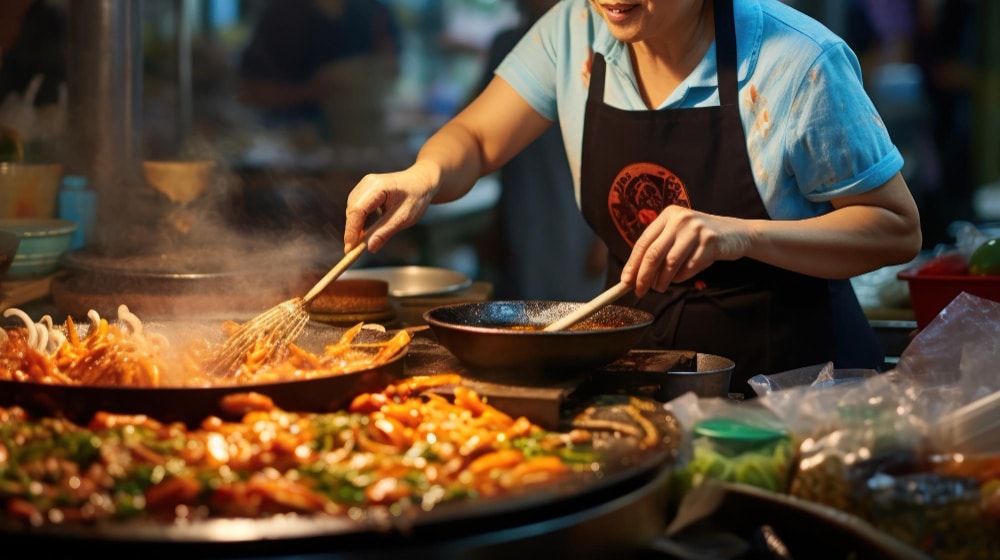Redseer Strategy Consultants has released a report titled “Winning Recipe for Food Brands in India,” highlighting a transformative trend in eating habits outside the home, particularly among diverse age groups in metro and Tier-1 cities. The study forecasts a significant growth in the food service market, expected to surpass $100 billion in revenue by 2028. The organized sector is anticipated to outpace the unorganized segment by threefold.
Evolving Outside Eating Habits: A Catalyst for Growth
The report indicates that outside eating has become more habitual than luxurious for consumers in metro and Tier-1 cities, with a 30% increase in frequency among students and young adults and a 20% increase among mid-lifers compared to 2018. Consumers are seeking variety and quality, driving the need for brands in the food ecosystem to cater to these evolving preferences. Brands are leveraging this opportunity to scale their presence in the Indian market, contributing to the projected growth of the organized food services market from $30 billion to $60 billion by 2028.
Diverse Indian Palate: A Call for Culinary Diversity
India’s culinary landscape is incredibly diverse, with varied tastes for cuisines across regions. For example, in the Biryani category alone, there are diverse regional variations such as Lucknowi, Kolkata, Ambur, and Hyderabadi. This diversity poses a challenge for standalone brands operating in a single city or offering a single cuisine, limiting their Total Addressable Market (TAM) and hindering their ability to scale beyond INR 100 crore in revenue.
The House of Brands Advantage: Scaling Across Tastes
In response to these challenges, the House of Brands (HoBs) model has emerged as a highly effective strategy for scaling food brands in India. HoBs, which own multiple brands across various cuisines under a single umbrella, demonstrate an average revenue at least five times higher than standalone brands. This is attributed to their ability to target a larger TAM across cuisines and meal slots. Additionally, the sharing of resources within the HoB strategy enables increased kitchen utilization and lower cost of goods sold (COGS), further enhancing their competitive advantage.
Successful HoBs focus on building and scaling multiple brands across diverse cuisines to capture higher revenue potential. They also prioritize operational excellence through strategic geographic expansion, a strong consumer funnel, and optimized capital and operational expenditures.
Rohan Agarwal, Partner at Redseer, notes, “The Indian food market will require more mid-sized brands than fewer mega brands due to its diversity. The House of Brands playbook has been successful in this context. It is particularly encouraging to see new-age homegrown House of Brands leading the charge by building multiple sizable brands already.”
In conclusion, the House of Brands model is revolutionizing the revenue landscape for food brands in India, offering a strategic approach to navigate the diverse culinary preferences of consumers and scale successfully in the competitive food market.

